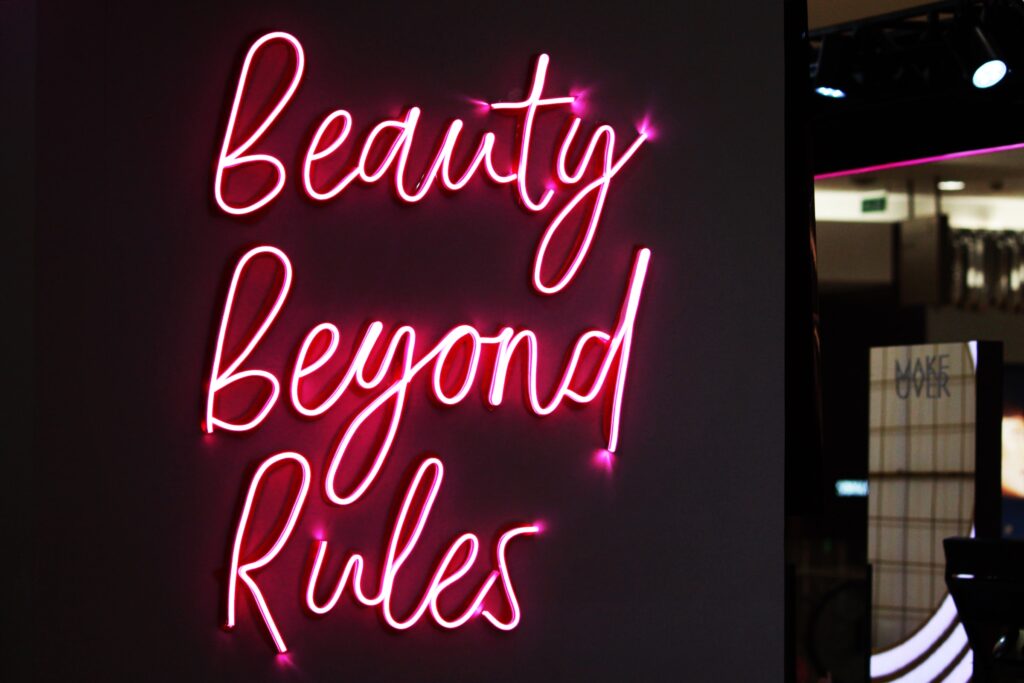Want to become a better designer? Close that Figma file and think about the problem you need to solve. Don’t you know the problem? Then do some discovery.

I often struggle to explain my job to people outside the tech world. Can you relate? I usually say I design websites and apps, but it doesn’t even touch the surface of what I do in today’s world of design systems and APIs.
So I started thinking about what I actually do. It’s no longer about pixel-perfect Figma designs; it’s about identifying and defining problems using various design techniques. Explaining this in the pub is a whole other challenge!
This led me to think about the meaning of a product design role and its distance from the actual design. Is “design” an inaccurate term to describe the job? Should it be something else?
A good product designer isn’t someone who can quickly navigate through Figma files, come up with the wackiest idea, or have all the answers to design problems. Rather, they are someone who can ask the right questions, take the time to reflect on the issue, and establish the best approach to solve it.
Of course, this might not be expected from designers at all levels, but this is definitely what I believe is needed to master product design.
Being a good product designer isn’t about mastering Figma
Designers often associate themselves with a particular tool. In the past, this was Photoshop, and now it’s Figma; however, this doesn’t reflect the full scope of a product designer’s job. Doing so diminishes the profession. Unfortunately, designers often create an image of themselves as only being able to “make things look good”. For example, we inadvertently reinforce this misconception when we create a visually appealing form for a product manager without understanding the context. We should strive to demonstrate the value of design beyond aesthetics.
It’s inaccurate to think that a product manager’s sole responsibility is to write user stories in Jira. Product managers need to understand customer needs, prioritize tasks, and ensure the product is released on time and within budget, as well as monitor performance and make changes as needed, all of which require a deep understanding of the product, customer, and market.
Designers don’t just open Figma and make something look nice. They are involved in research, exploring the problem, and talking with stakeholders and users. This helps them understand the problem and create an effective solution. Then, they jump into Figma, but that’s not the end. Designers iterate, test and modify the design to ensure it meets users’ needs.
‘I don’t know’ is a valid answer
As designers, you don’t have to have the answers; we need to know the processes and methodologies that help us uncover them. It’s important to remember that there isn’t one right answer; it depends on the business, context, and users. That’s why it’s essential to ask the right questions rather than come up with the best ideas. Designers are all about problem-solving.
That’s why one of the best answers that designers can provide to their stakeholders is ‘I don’t know ‘ or ‘it depends’. A designer’s job is to be connected to their users, study their behaviours, and eliminate friction to achieve users’ goals. Often, designers aren’t the product’s users, so they need to research to find the right answer.
It’s not about the best idea. It’s about solving problems
Stop and listen. Don’t try to rush in with the best idea of the century. You may have a great idea, and the product feature you have in mind might be truly remarkable. But do you understand the issue you are attempting to address? If not, how can you be sure your ideas are good?
Too often, I’ve witnessed designers waiting for someone to validate their great idea. During interviews, I’ve seen this happen when a designer presents a product concept, but when asked how it solves the problem, they can’t even explain the problem they are trying to solve.
Product designers exist to solve problems, so your job is to investigate the problem further.
Erica Hall puts this nicely in one of her posts on LinkedIn, where she suggests designers to stop and think, ‘What are we really trying to accomplish here?’ and ‘What do we need to do to know that?’
Design is not a straightforward, linear process
Design requires deep consideration and adaptation to the unique needs of each situation. Every problem, every context, and every project carries with it its own set of parameters and thus requires a different approach. Good design is not simply a matter of following pre-determined rules or methodologies but of finding creative solutions tailored to the project’s specific requirements.